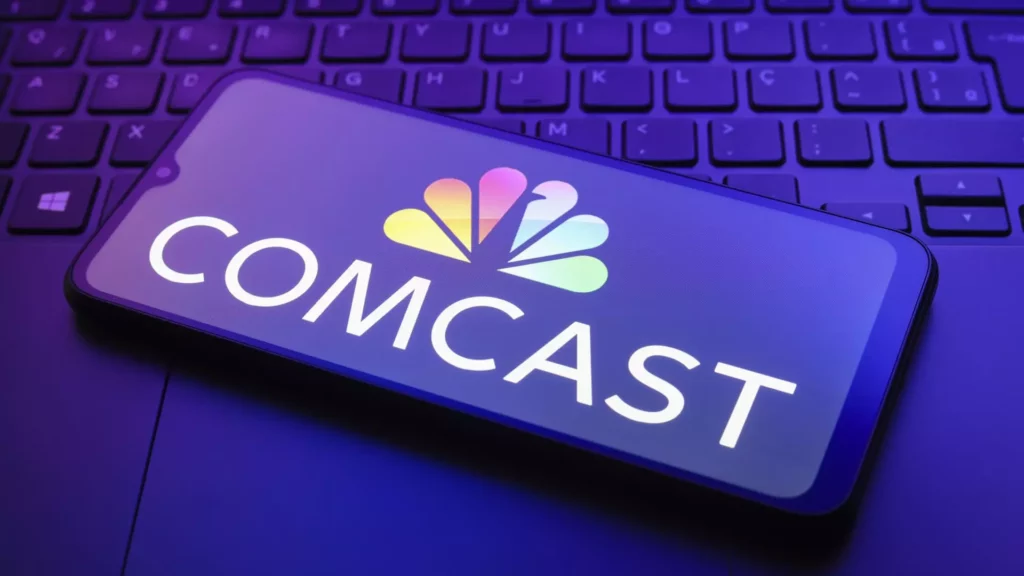Comcast has embarked on a transformative journey in the advertising landscape with the introduction of Universal Ads, a platform designed specifically to facilitate ad purchases for small- and medium-sized businesses. In a world where traditional media often feels disconnected from the needs of smaller advertisers, this initiative serves as a bridge, bringing a promising opportunity to a segment of the market that frequently finds itself overshadowed by larger competitors.
The urgency of democratizing advertising access is underscored by trends pointing toward an increasing dominance of social media and digital platforms. Viewed from a broader perspective, Comcast’s move can be interpreted as a strategic response to a market environment that has heavily favored tech giants like Meta, YouTube, and TikTok. This shift acknowledges the frustrations of advertisers who desire to diversify their marketing strategies while grappling with the complexities of engaging with traditional media outlets.
Announced just ahead of the annual CES tech conference, the timing of Universal Ads is noteworthy. Comcast’s partnership with various media players, including NBCUniversal, A+E, and Paramount, signifies a collective effort to overhaul traditional ad purchasing processes—which have traditionally been opaque and convoluted—into a more user-friendly experience akin to purchasing ads on popular digital platforms.
As James Rooke, president of Comcast Advertising, points out, the traditional methods of acquiring ad space can be unnecessarily complicated. Many smaller entities face significant barriers to entry in the advertising world, hindering their ability to reach potential customers through premium content. By creating a self-service platform that simplifies these transactions, Comcast opens the door for a plethora of small businesses that previously might have considered TV advertising too daunting or inaccessible.
With the introduction of Universal Ads, Comcast positions itself strategically to attract advertisers who have largely relied on social media to communicate their value propositions to audiences. This pivot towards traditional TV’s streaming businesses is not simply about reclaiming lost advertising revenue; it is about tapping into a growing market segment that has increasingly expressed a desire for diversification.
Advertisers have begun to recognize that their reliance on a limited number of technology companies could be risky. Rooke’s observation that many advertisers wish to break free from this cycle illustrates a significant shift in mindset—companies are starting to contemplate alternatives to social media domination. The challenge is to create a platform that not only attracts these advertisers but also provides them with an experience that is competitive with what they are accustomed to in digital spaces.
The power of collaboration is a defining aspect of Universal Ads. By bringing together a diverse range of media companies, Comcast is demonstrating that traditional media can adapt to the demands of the digital age. This solidarity among companies, as highlighted by executives from various backgrounds, reflects a shared vision of fostering an ecosystem where smaller advertisers can thrive.
Notably, the free artificial intelligence tools planned for rollout with Universal Ads will ease another pain point for many small businesses: ad production. This feature represents a significant opportunity for advertisers who often find themselves struggling not only with the financial aspect of purchasing ad time but also with creating content that effectively engages their target audiences.
Despite the hopeful outlook painted by Universal Ads, significant challenges looms on the horizon for traditional media. The overall trajectory indicates a persistent trend of ad budgets gravitating towards digital platforms. According to estimates by GroupM, global ad revenue for pure-play digital platforms is expected to continue its strong growth, while traditional media is likely to see only modest gains.
As Comcast seeks to capture a slice of this shifting pie, it will be crucial to monitor the competitive response from large tech platforms that continue to refine their offerings. The question remains whether Universal Ads can attract the necessary scale to contend seriously with platforms that have built-in advantages due to their technological prowess and extensive user bases.
The launch of Universal Ads is a pivotal moment for Comcast and the advertising landscape at large. While it represents a promising avenue for small businesses to enter the world of premium content advertising, the success of this initiative will ultimately depend on its ability to provide a genuinely simplified and effective alternative to social media and digital platforms.
In navigating a rapidly evolving market, Comcast not only aims to redefine its role in the advertising ecosystem but also addresses the broader challenge of ensuring that traditional media remains relevant in an increasingly digital world. Whether this gamble pays off remains to be seen, but if executed effectively, it could mark a turning point in the way small and medium-sized businesses interact with traditional advertising channels.

